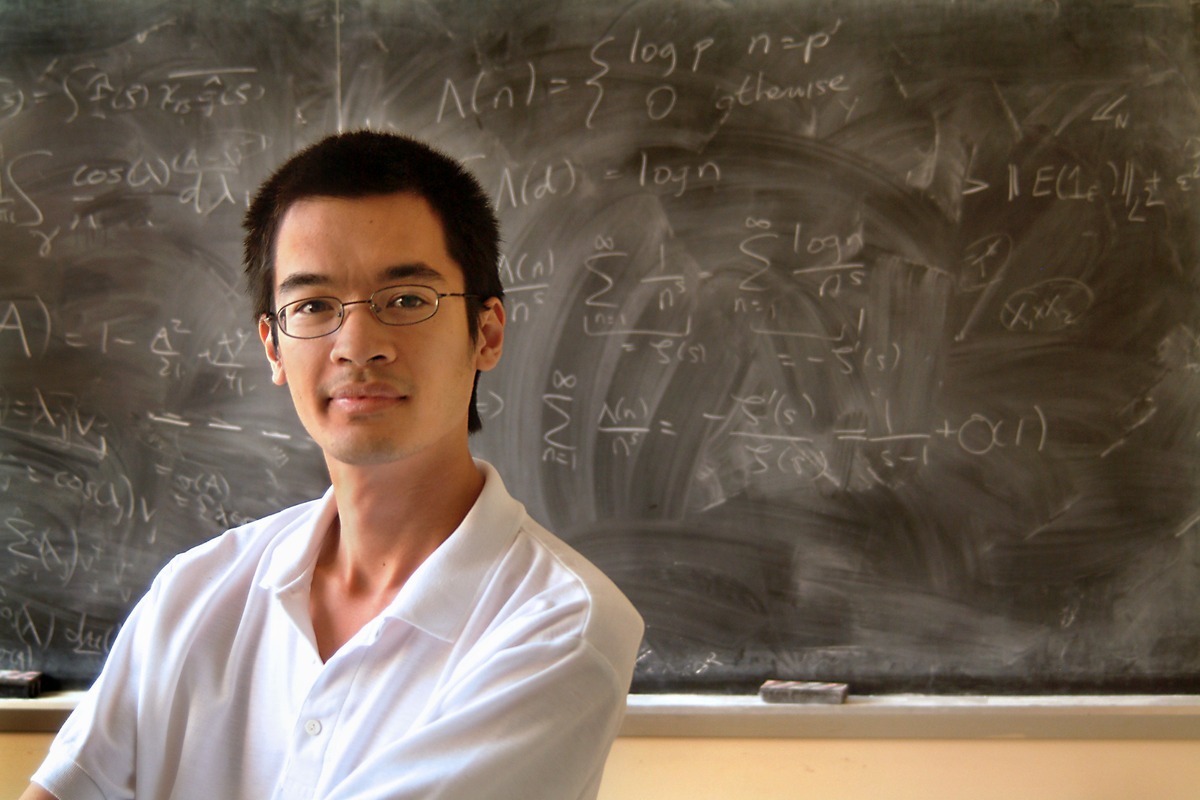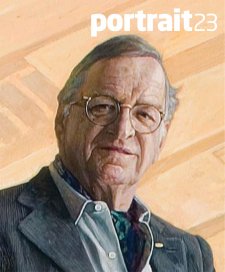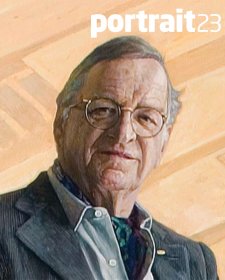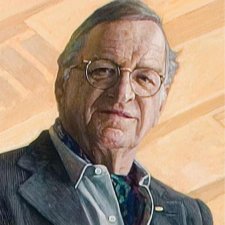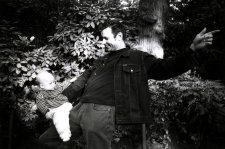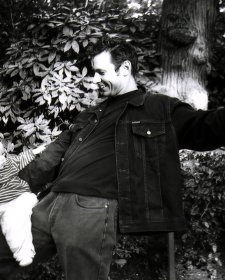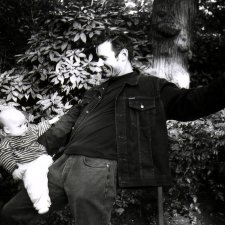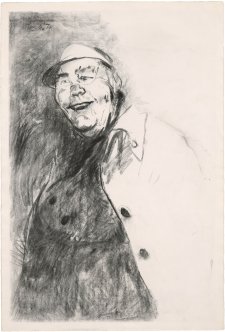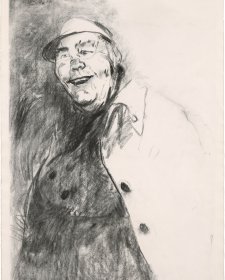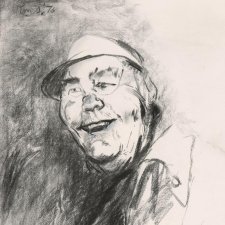In August 2006, the International Mathematical Union awarded Professor Terence Tao (b.1975) the Fields Medal – the mathematical equivalent of the Nobel Prize. Tao received the award in acknowledgement of ‘his contributions to partial differential equations, combinatorics, harmonic analysis and additive number theory’.
The citation is mind-boggling to say the least. Yet it is indicative of the scale and scope of Tao’s research that has earned him an international reputation as a brilliant mathematician and also to be dubbed by a colleague as the ‘Mozart of maths – without the personality problems’.
Since 2000 Tao has been a full professor in the mathematics department of University of California, Los Angeles (UCLA), the youngest person to ever hold such a position.
This portrait of Tao is a gift to the National Portrait Gallery from former UCLA photographer Reed Hutchinson. The photograph was taken in the days after the Fields Medal ceremony and it shows a confident, yet unpretentious mathematician seated in a lecture theatre. Tao’s quiet demeanour is in contrast to the busy blackboard behind him that contains multiple and equally baffling definitions for such things as the von Mangoldt function and the formula for the theory of wave propagation. The duster streaks and volume of chalk dust lining the blackboard indicate a somewhat frenetic work pace and Tao is well known for his prolific output of research papers and collaborative projects.
Tao’s research is predominantly theoretical, yet there are broader links to daily life, for example Tao’s work in partial differential equations can assist with predicting weather accurately. His recent collaborative research with British mathematician Ben Green in number theory demonstrated that prime numbers do contain arithmetic progressions. Quite helpful really, considering prime numbers form the basis of cryptographic systems that ensure security in everyday financial transactions.
Tao has been the recipient of multiple national and international mathematical awards. As a 10, 11 and 12 year old, he competed in and won, a bronze, silver and gold medal in the International Mathematical Olympiad, in the process becoming the only person to ever win a gold medal under the age of 13. Awards from the American and Australian Mathematical Societies and the Clay Mathematical Institute preceded Tao’s 2006 Fields Medal. Yet it was this award that brought Tao to popular and public prominence and most recently he was named the 2007 South Australian of the Year by the National Australia Day Council.
Terence Tao grew up in Adelaide and by the age of two had taught himself to read by watching Sesame Street and was already rearranging the number magnets on his parents’ fridge into sequences of additions and subtractions. At 6 and a half, he was studying different subjects across grades 3, 4, 6 and 7 at primary school and a year later was studying maths and physics at secondary school. As a 9 year old, Tao commenced studying mathematics at Flinders University, later graduating with an Honours and then, Masters degree. Tao then completed his PhD at Princeton University aged 21, before taking up his post at the UCLA. He has also previously taught alternatively at the University of New South Wales and the Australian National University, Canberra.
